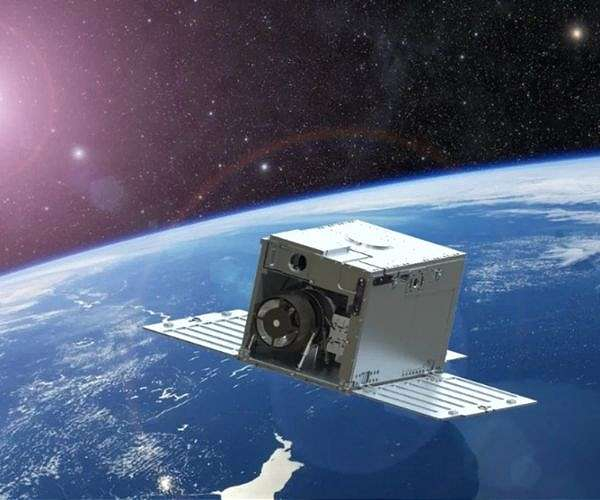This mini-satellite is intended to support the James Webb telescope
After decades of planning, the first scientific images from the James Webb Telescope were finally released on June 12, 2022. And even with the test shots, which were only used to check whether the mirror segments were opened correctly, the telescope exceeded all expectations: in addition to the main star, which was the focus, numerous galaxies could be seen in the background of the shot.
“The images are as sharp and crisp as the images that ‘Hubble’ can capture, but with a wavelength of light that’s completely invisible to ‘Hubble’,” enthused Jane Rigby, NASA project scientist for JWST. Now a new satellite is set to observe the volatile physics of stars burning dozens of light-years from Earth. Above all, an impressive perspective should help him.
Last month, Nasa picked the $8.5 million space mission called Monitoring Activity from Nearby Stars with UV Imaging and Spectroscopy (Mantis). This mini-satellite, also called CubeSat, is being built at the Laboratory for Atmospheric and Space Physics (LASP) at the University of Colorado Boulder developed and should – as the name already suggests – be about the size of a toaster.
The satellite owes its name to the mantis shrimp, known for its powerful strikes and incredible eyesight. Similar to this marine creature, the Mantis spacecraft is said to use its amazing vision to assist the James Webb Telescope.
Because it should be able to observe the night sky in the entire ultraviolet light spectrum. This includes a particularly high-energy form of radiation called extreme ultraviolet (EUV) light.
“Since about 2001, no spacecraft has been able to observe the full EUV spectrum of stars outside the Sun,” said Briana Indahl, research scientist at LASP and principal investigator on the Mantis mission.
The data from the satellite are intended to complement observations made by the Webb telescope in studying the atmospheres of exoplanets outside our solar system. The researchers believe that this extreme ultraviolet radiation will contribute to the success of the satellite.
Stars can emit this radiation in powerful but often short-lived explosions. Some planets don’t do well in such conditions.
Editor’s Recommendations
“When these emissions hit a planet’s upper atmosphere, it expands and some of it can escape into space,” said David Wilson, who leads the mission’s science team. “When the EUV flux is high, this planet’s atmosphere can be rapidly eroded.”
However, measuring this radiation is extremely difficult. The last satellite to see this light was NASA’s Extreme Ultraviolet Explorer spacecraft, which operated from 1992 to 2001.
The mini-satellite Mantis, on the other hand, aims to reverse this trend and uses two state-of-the-art telescopes integrated into its small housing. The first will observe low-energy ultraviolet radiation. The second will use a never-before-flown design to collect extreme ultraviolet light.
“For many stars, this will be the first time we’ve seen what they look like in the extreme ultraviolet,” Wilson said.
Indahl and her colleagues will soon begin work on Mantis. The launch of the satellite is planned for 2026. It will collect data for about a year and be aimed at the same star systems as the Webb telescope. Scientists may then be able to connect how the energies of these stars affect the atmospheres of orbiting planets – a win for researchers searching for worlds like ours far away.


